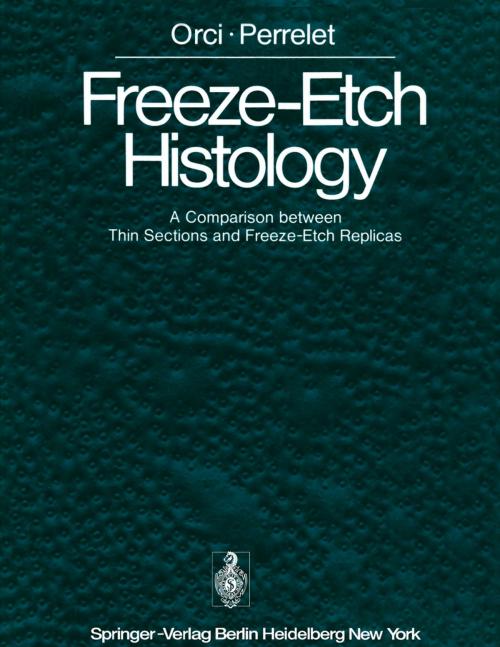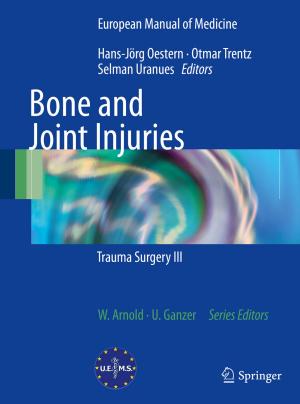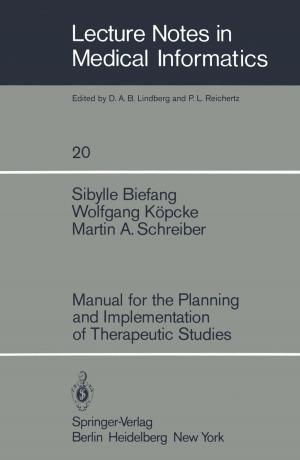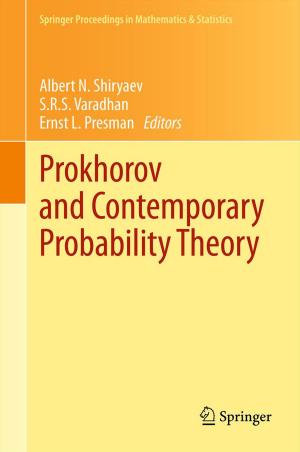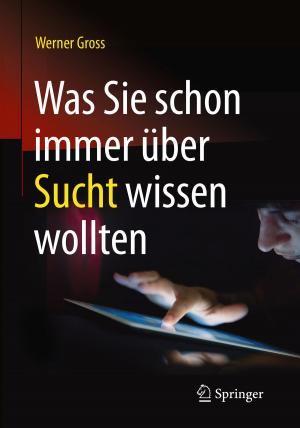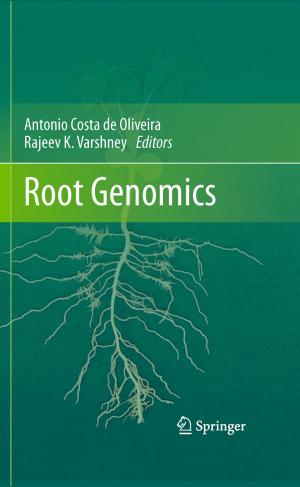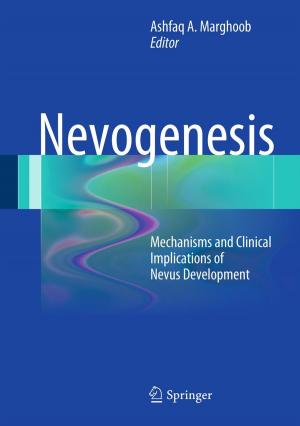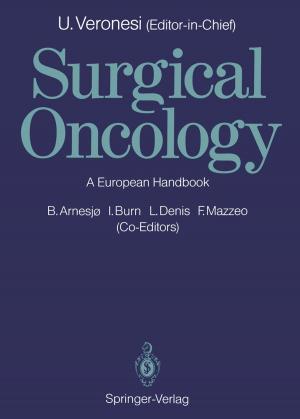Freeze-Etch Histology
A Comparison between Thin Sections and Freeze-Etch Replicas
Nonfiction, Health & Well Being, Medical, Specialties, Pathology| Author: | L. Orci, A. Perrelet | ISBN: | 9783642660207 |
| Publisher: | Springer Berlin Heidelberg | Publication: | December 6, 2012 |
| Imprint: | Springer | Language: | English |
| Author: | L. Orci, A. Perrelet |
| ISBN: | 9783642660207 |
| Publisher: | Springer Berlin Heidelberg |
| Publication: | December 6, 2012 |
| Imprint: | Springer |
| Language: | English |
The development of the electron microscope brought one to the other. The purpose of this book is to in a new era, in which cell structures could be provide a bridge, to help those who are familiar visualized down to a macromolecular level. It is of with conventional electron microscopy, to cross course well recognized that some cell components into the less familiar freeze-etching. This has been can be modified or even completely lost during the done by providing paired photographs wherever complex sequence of fixation, dehydration, staining possible, one showing the thin section of a tissue or and plastic embedding which is essential before a a cell, the other a freeze-etch replica of a similar thin section can be obtained. Further, only these cell material. At the same time we have tried to provide components which can be made electron opaque a basis for interpretation of freeze-etched structures, can be visualized. For these reasons, the morpho and we hope the reader will find the first 23 Plates logist and cell biologist alike have to explore alter especially useful in this respect. Because there are native techniques of specimen preparation which many excellent atlases of cell structure available at may avoid some of the artefacts inherent in con the present time, we felt there was no need to ventional thin-section electron microscopy, and at provide lengthy discussions of each plate.
The development of the electron microscope brought one to the other. The purpose of this book is to in a new era, in which cell structures could be provide a bridge, to help those who are familiar visualized down to a macromolecular level. It is of with conventional electron microscopy, to cross course well recognized that some cell components into the less familiar freeze-etching. This has been can be modified or even completely lost during the done by providing paired photographs wherever complex sequence of fixation, dehydration, staining possible, one showing the thin section of a tissue or and plastic embedding which is essential before a a cell, the other a freeze-etch replica of a similar thin section can be obtained. Further, only these cell material. At the same time we have tried to provide components which can be made electron opaque a basis for interpretation of freeze-etched structures, can be visualized. For these reasons, the morpho and we hope the reader will find the first 23 Plates logist and cell biologist alike have to explore alter especially useful in this respect. Because there are native techniques of specimen preparation which many excellent atlases of cell structure available at may avoid some of the artefacts inherent in con the present time, we felt there was no need to ventional thin-section electron microscopy, and at provide lengthy discussions of each plate.
